Home>Ideas and Tips>The Best Time To Prune Fruit Trees In The Pacific Northwest
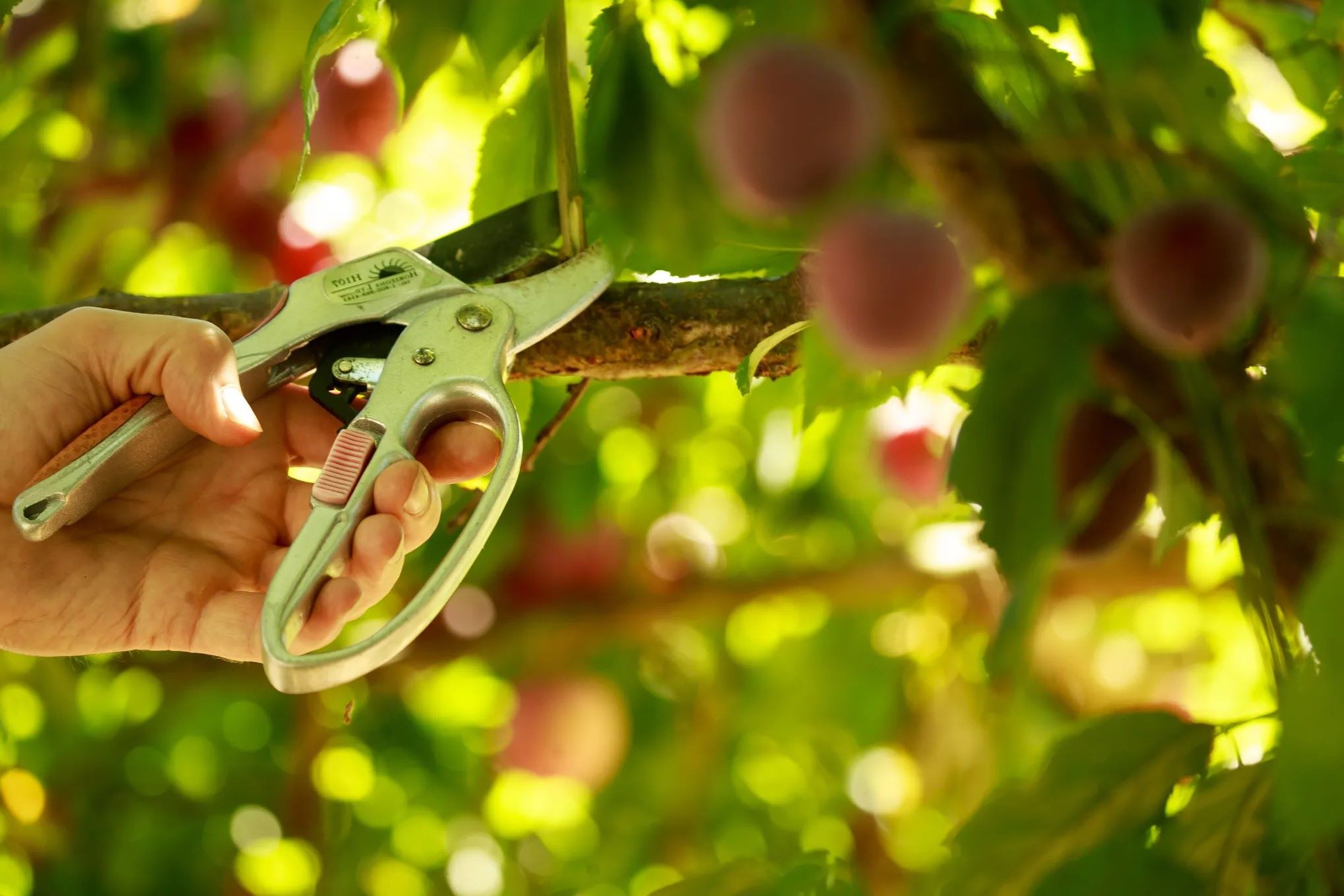

Ideas and Tips
The Best Time To Prune Fruit Trees In The Pacific Northwest
Published: September 26, 2024
Discover the optimal time to prune fruit trees in the Pacific Northwest to enhance growth, reduce disease, and maximize fruit production.
(Many of the links in this article redirect to a specific reviewed product. Your purchase of these products through affiliate links helps to generate commission for Storables.com, at no extra cost. Learn more)
Pruning fruit trees is an essential part of maintaining their health, promoting fruit production, and ensuring they remain aesthetically pleasing. However, the best time to prune fruit trees can vary significantly depending on your location, particularly in the Pacific Northwest (PNW). This region's unique climate, characterized by wet winters and dry summers, necessitates a different approach to pruning compared to other parts of the country.
Understanding the Seasonal Cycles of Fruit Trees
Most people are accustomed to hearing about winter pruning of fruit trees, but this approach may not be the most effective in the PNW. Fruit trees, like many other plants, go through different phases of dormancy throughout the year. In regions with cold winters and dry summers, such as parts of Europe or California, winter pruning is often recommended. However, in the PNW, the situation is reversed.
Summer Pruning in the Pacific Northwest
In the PNW, fruit trees are dormant twice a year: once in the winter and again in the summer. The summer dormant phase is particularly important for pruning because it allows you to control the shape and size of your tree without stimulating excessive water sprouts or suckers that can appear after dormant pruning.
Why Summer Pruning?
Summer pruning has several advantages:
- Control Over Growth: By pruning during the summer, you can control the growth of your tree more effectively. This is particularly useful for young trees that may be getting too big for their space or producing fruit out of reach.
- Reducing Water Sprouts: Summer pruning helps reduce the number of water sprouts (vigorous upright shoots) that can grow in the center of the tree. These sprouts can be removed by hand early in the season before they harden up.
- Improving Light Quality: Pruning in the summer allows you to improve light quality in the fruiting zone. This is crucial for fruit trees like peaches and nectarines, which bear fruit only on one-year wood. Thinning out new shoots ensures that lower branches are not shaded out by excessive growth in the tops.
When to Prune Fruit Trees in the Pacific Northwest
Given the unique climate conditions in the PNW, it's essential to prune fruit trees during their second dormant phase in the summer. Here are some specific guidelines:
Pruning in July
In the PNW, July is often considered an ideal month for pruning apple trees. This timing ensures that fresh pruning cuts do not leave the tree susceptible to disease, as wet weather is less likely during this period.
Pruning in Mid-August
For cherry, plum, and peach trees, mid-August is a good time for pruning. This timing helps reduce infection and minimizes water sprouts and suckers.
Tools and Techniques for Pruning
Pruning fruit trees requires the right tools and techniques to ensure effective and safe pruning.
Essential Tools
- Hand Pruner: A bypass-type hand pruner is recommended for close pruning necessary on young trees.
- Long-Handled Lopping Shears: These are useful for reaching higher branches without using a ladder.
- Pruning Saw: A pruning saw is essential for cutting thicker branches.
Additional Accessories
- Spreaders: These can be used to bend branches to a more horizontal position, encouraging fruiting earlier.
- Weights: Weights that clip to branches can also be used to bend them.
- Ground Clips (Hop Clips): These can be used to tie down limbs, ensuring they grow in the desired direction.
Training Systems for Fruit Trees
Fruit trees are often pruned using various training systems to promote healthy growth and maximize fruit production.
Open Center System
This system is well adapted to stone fruits like peaches, nectarines, apricots, cherries, and plums. The tree is headed at planting time where future main branches will be established, and three to five branches are selected as scaffold limbs. These limbs should be spaced evenly around the trunk and be of approximately equal vigor.
Central Leader System
This system is well adapted to trees with a naturally upright growth habit. The central leader method involves selecting a strong central leader branch that grows straight up from the trunk. This method is often used in combination with other systems like the open center system.
Umbrella or Vase Type Pruning
This method involves pruning the tree to create an umbrella or vase shape. It is particularly useful for stone fruits that have a spreading habit. The goal is to keep the center open by eliminating water sprouts and providing good spacing and access to light along each scaffold branch.
Guidelines for Summer Pruning
Summer pruning should be used with caution because removing parts of the tree when leaves are active can have unpredictable effects on next year's crop. Here are some guidelines:
- Only Prune Strong, Vigorous Trees: Summer pruning should only be done on strong, vigorous trees that can handle the stress of pruning during active growth.
- Remove No More Than 10% of Total Canopy: Prune no more than 10% of the total canopy to avoid stunting shoot growth and reducing bloom or fruit set in the following year.
- Keep Early Summer Pruning to a Minimum: Pruning in mid-June to mid-August has a stronger effect on tree vigor than later pruning in September. Early summer pruning should be kept to a minimum to avoid unpredictable responses from the tree.
Additional Considerations
Fertilization and Irrigation
Fruit trees usually need annual applications of fertilizer to replace nutrients removed with the crop. A soil test is the best way to determine the amount and kind of soil nutrients needed. Irrigation during dry months like July, August, and September helps trees mature a full crop of high-quality fruit. Drip line systems are practical for orchard irrigation, especially for multiple trees.
Integrated Pest Management (IPM)
IPM techniques are essential for managing orchards effectively. These techniques include using WSU’s Organic & Integrated Fruit Production Page and the UCDavis IPM Project. Classes on pruning and grafting are available at Field Days held annually by garden and orchard groups like the Western Washington Fruit Research Foundation.
Conclusion
Pruning fruit trees in the Pacific Northwest requires careful consideration of the unique climate conditions. By understanding the seasonal cycles of fruit trees and using the right tools and techniques, you can ensure that your fruit trees remain healthy, productive, and aesthetically pleasing. Summer pruning is particularly beneficial in this region as it allows for control over growth, reduction of water sprouts, and improvement of light quality in the fruiting zone. By following these guidelines, you can optimize your fruit tree pruning schedule for the best results in the PNW.
Was this page helpful?
At Storables.com, we guarantee accurate and reliable information. Our content, validated by Expert Board Contributors, is crafted following stringent Editorial Policies. We're committed to providing you with well-researched, expert-backed insights for all your informational needs.

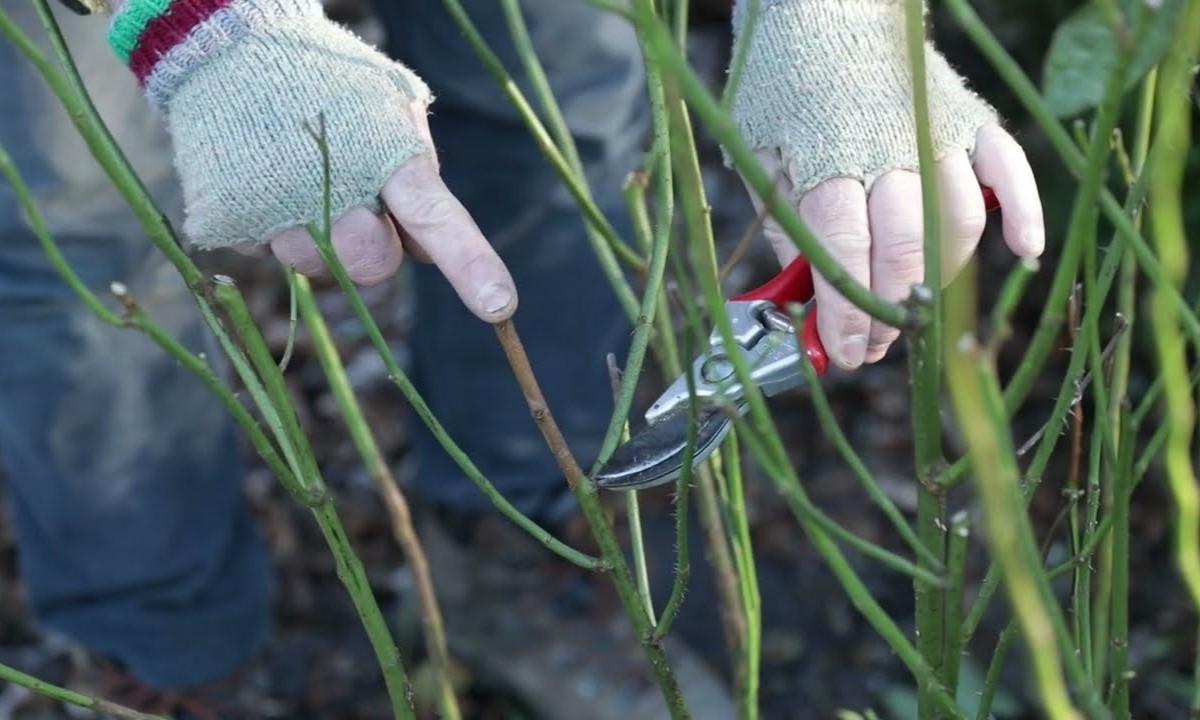
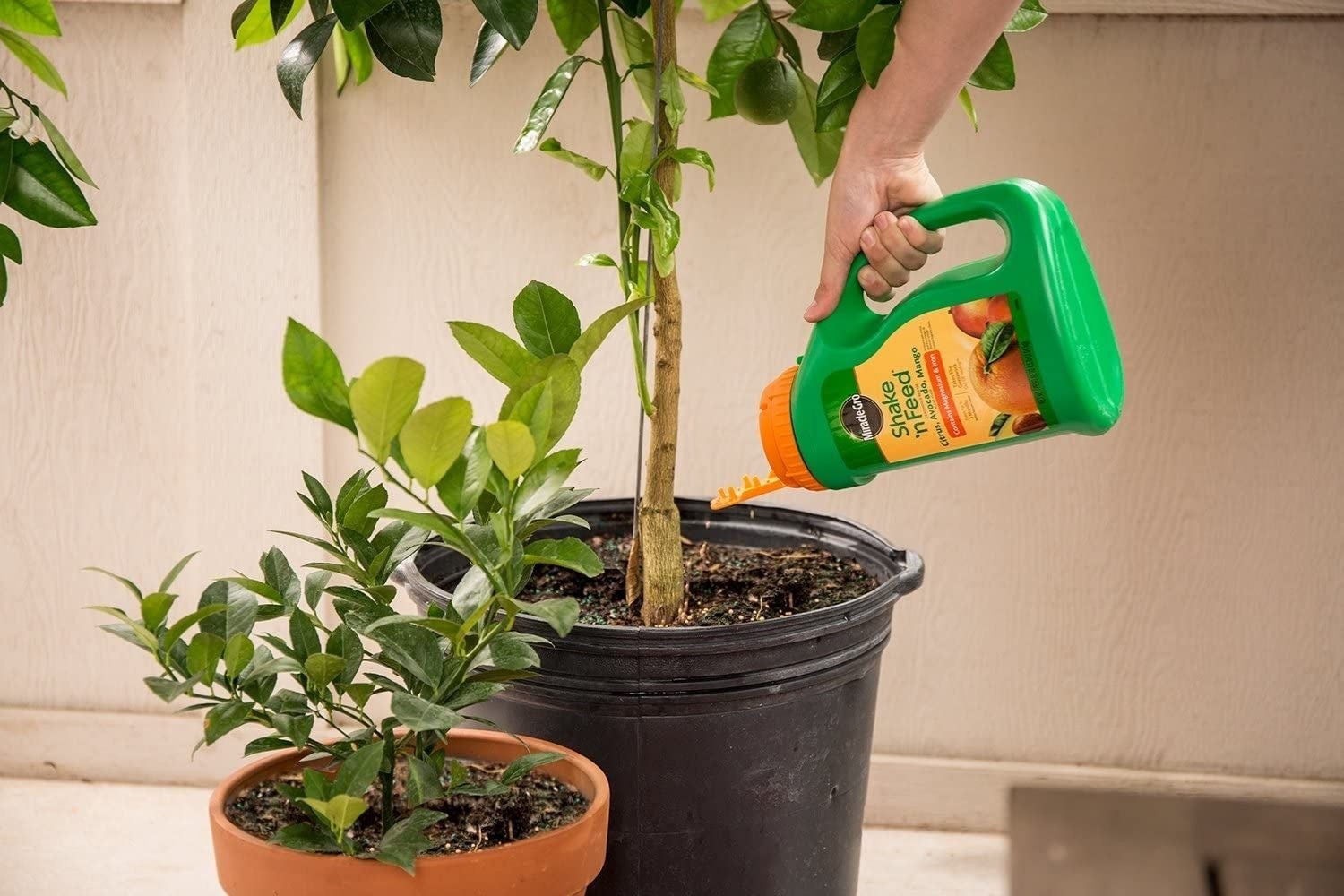
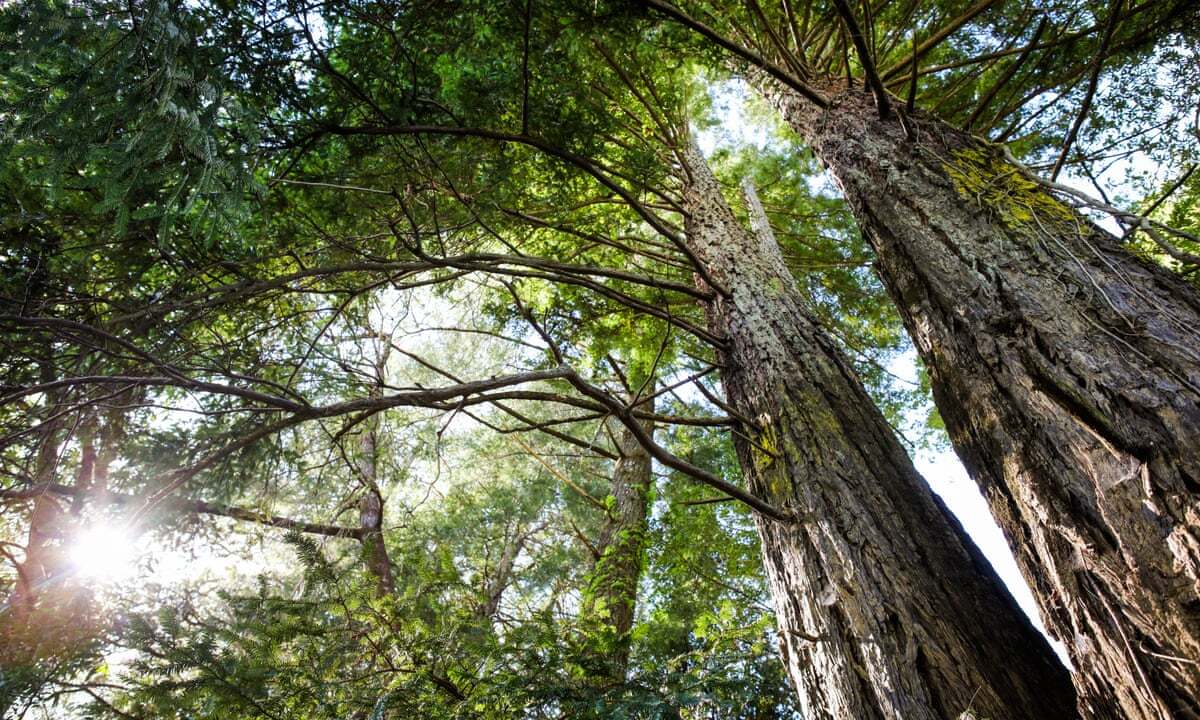
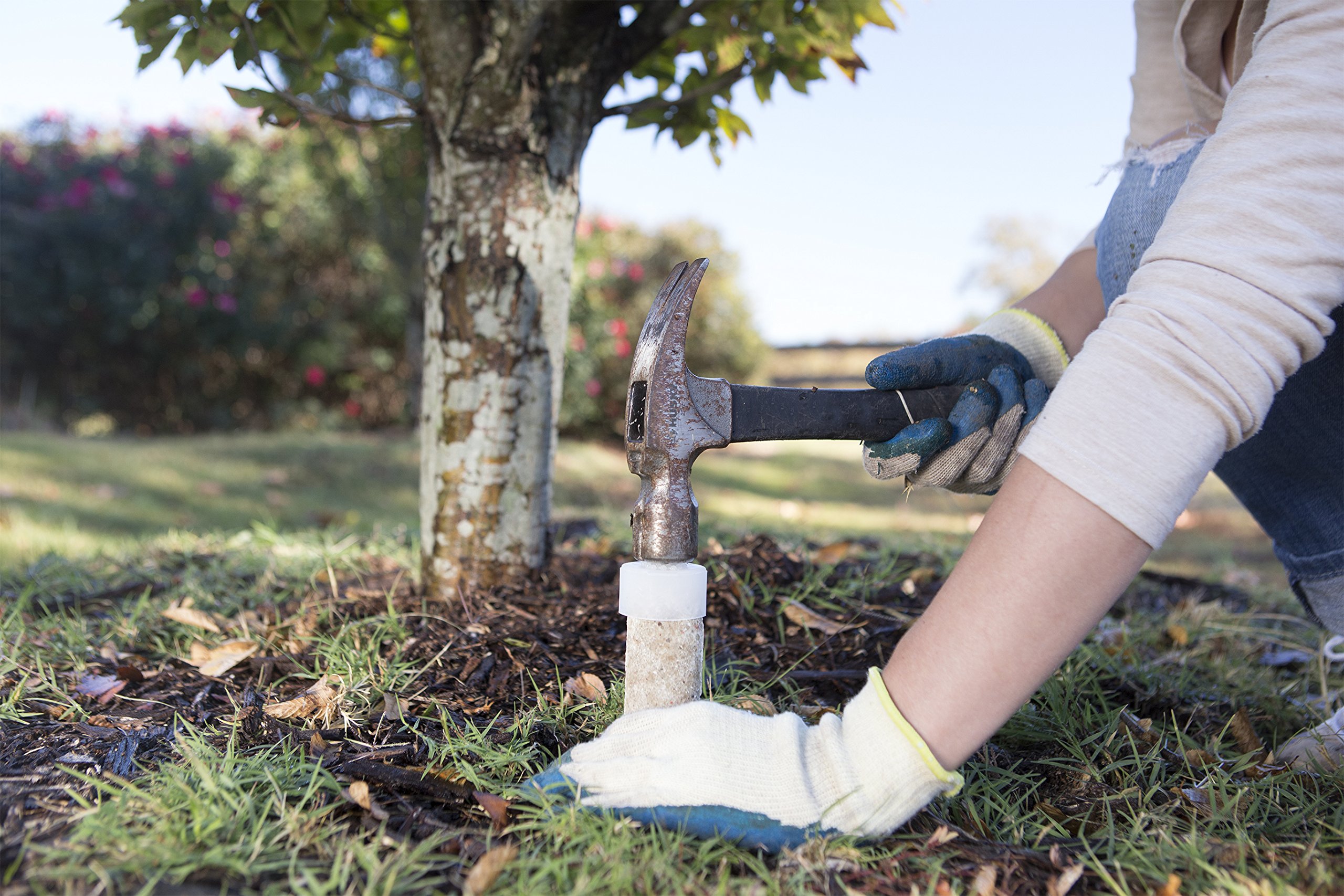
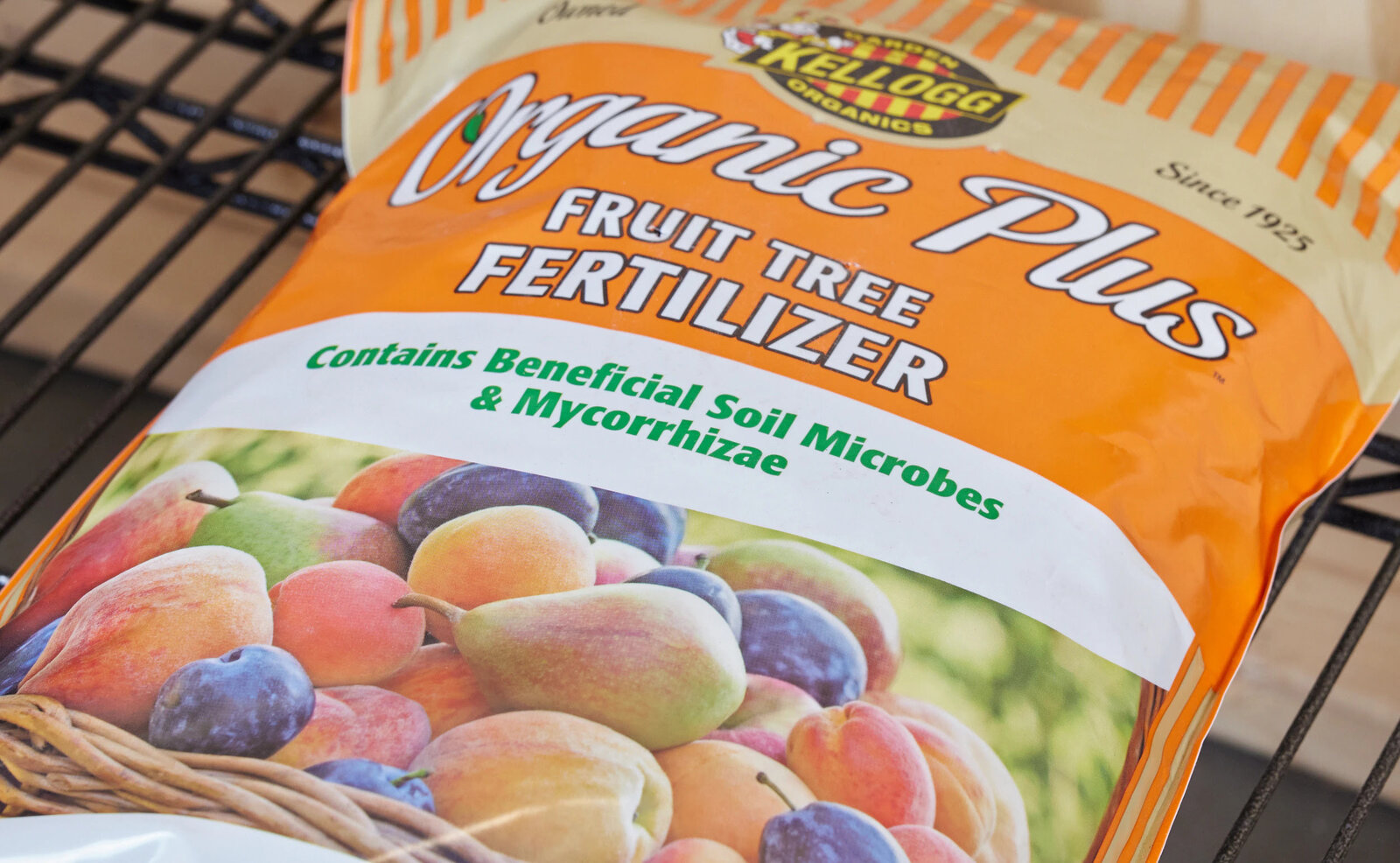
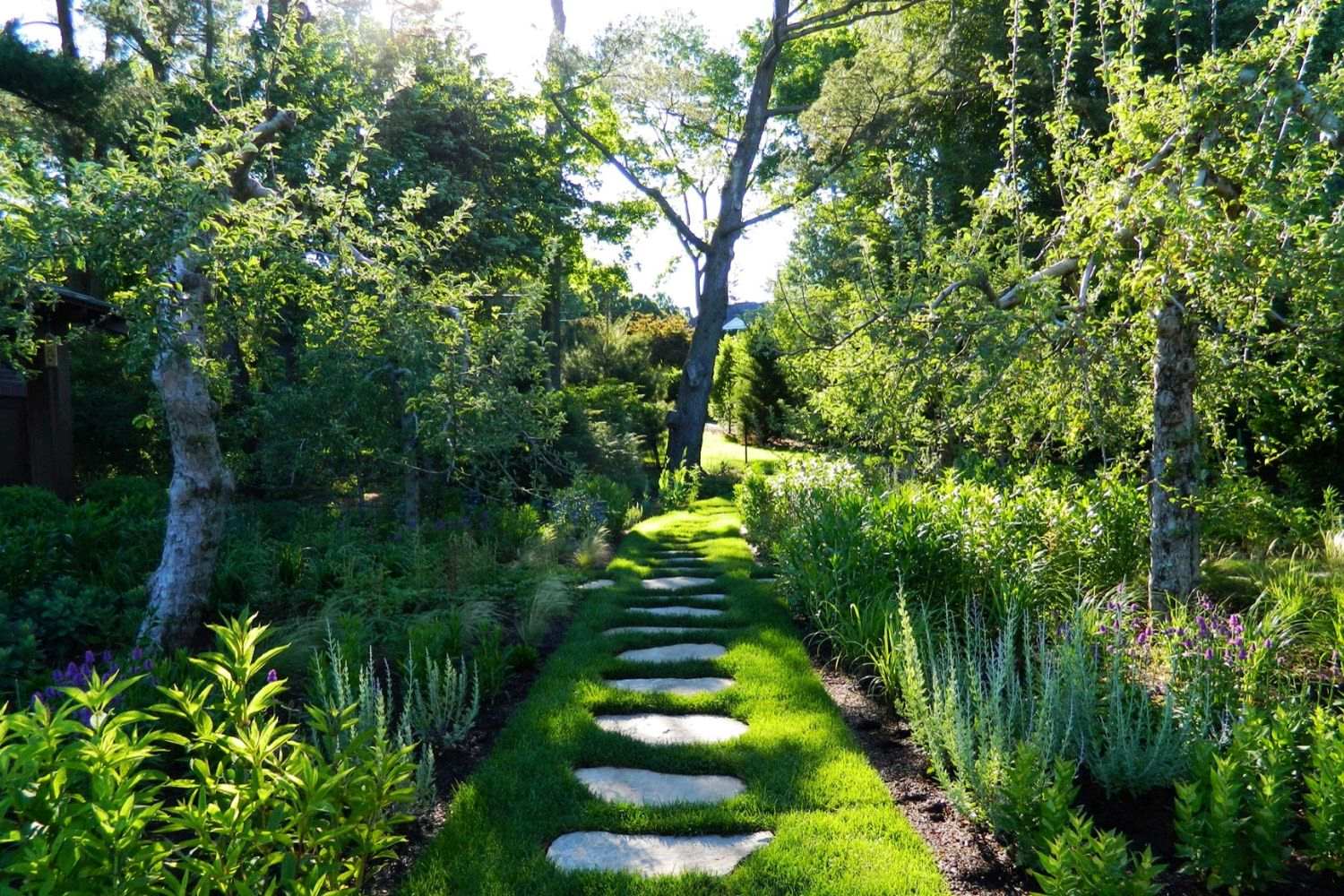
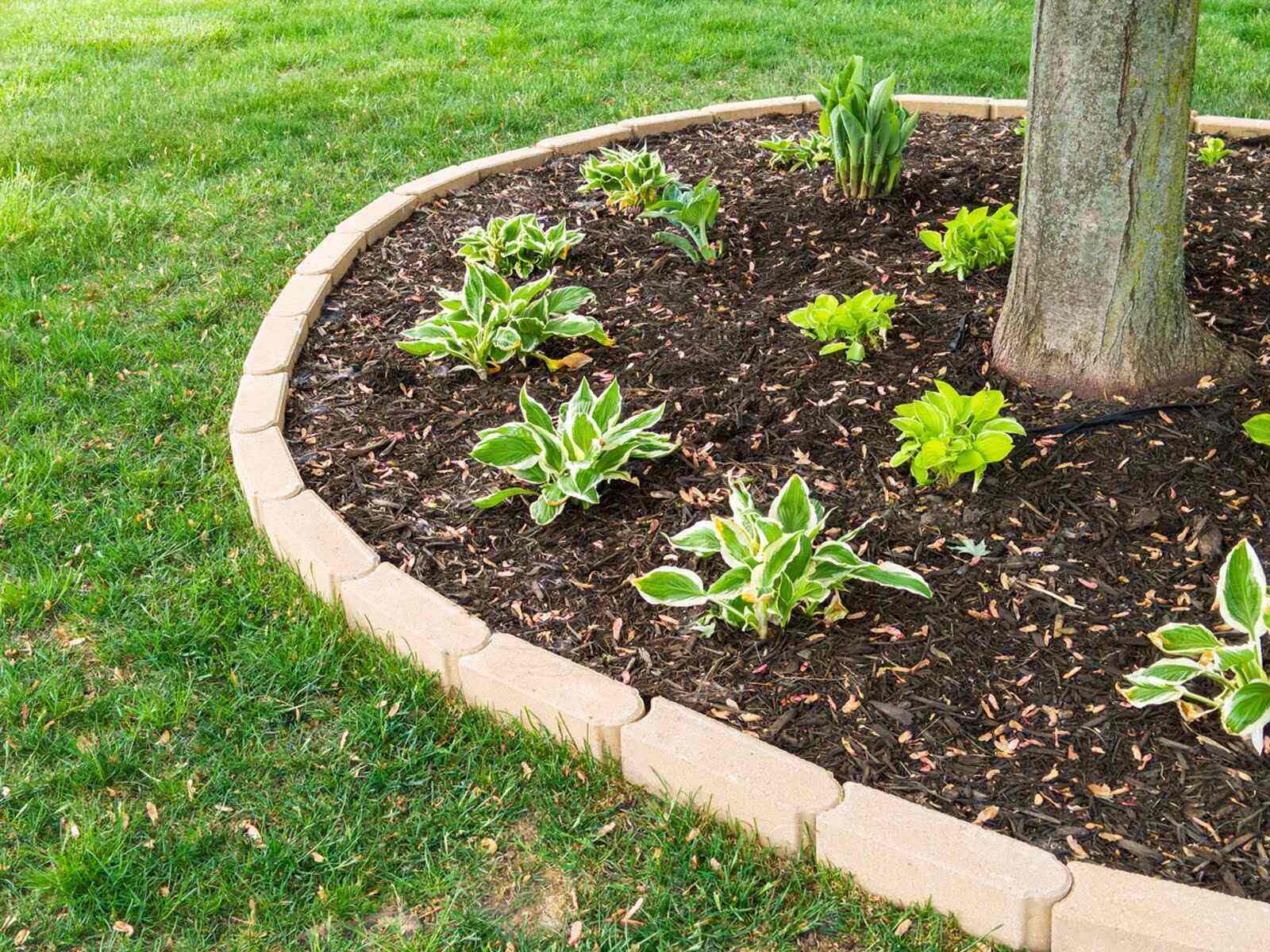
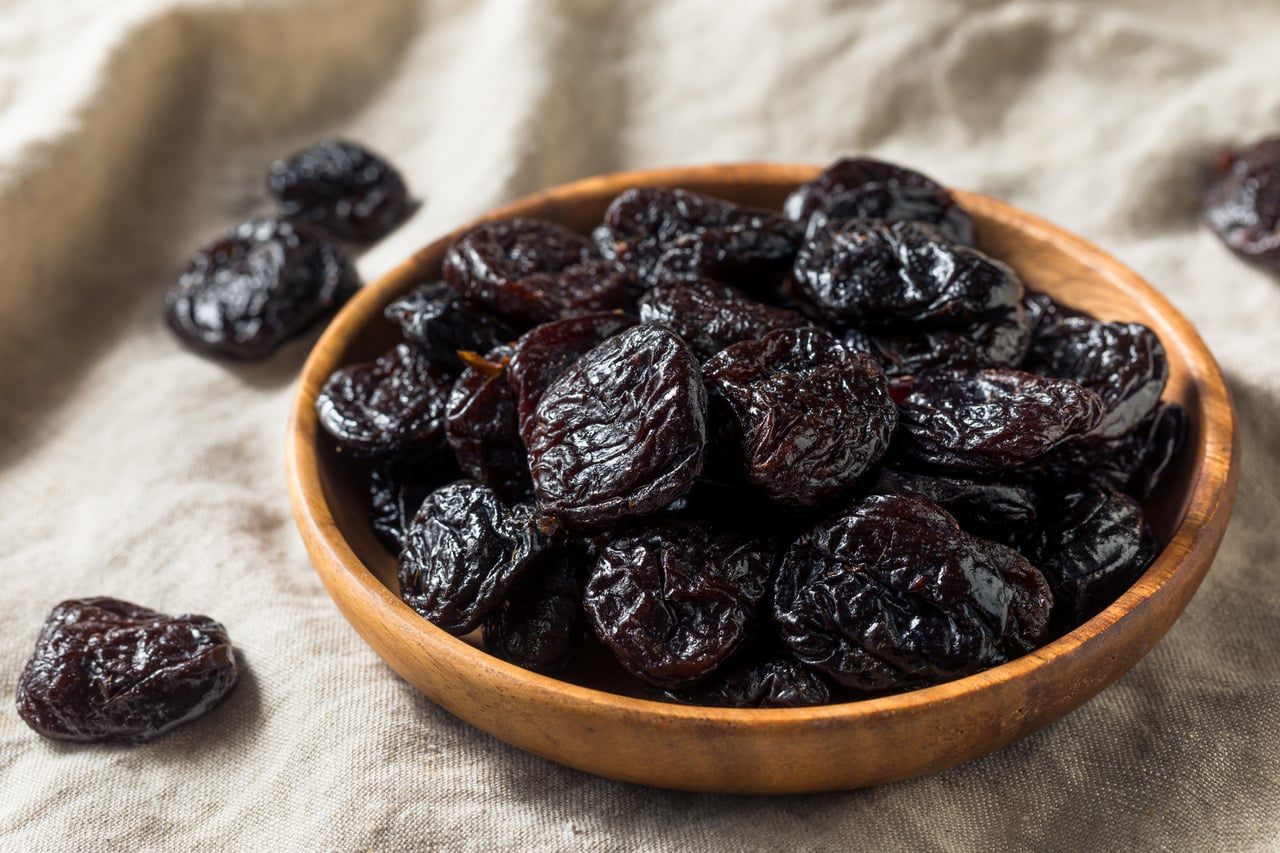
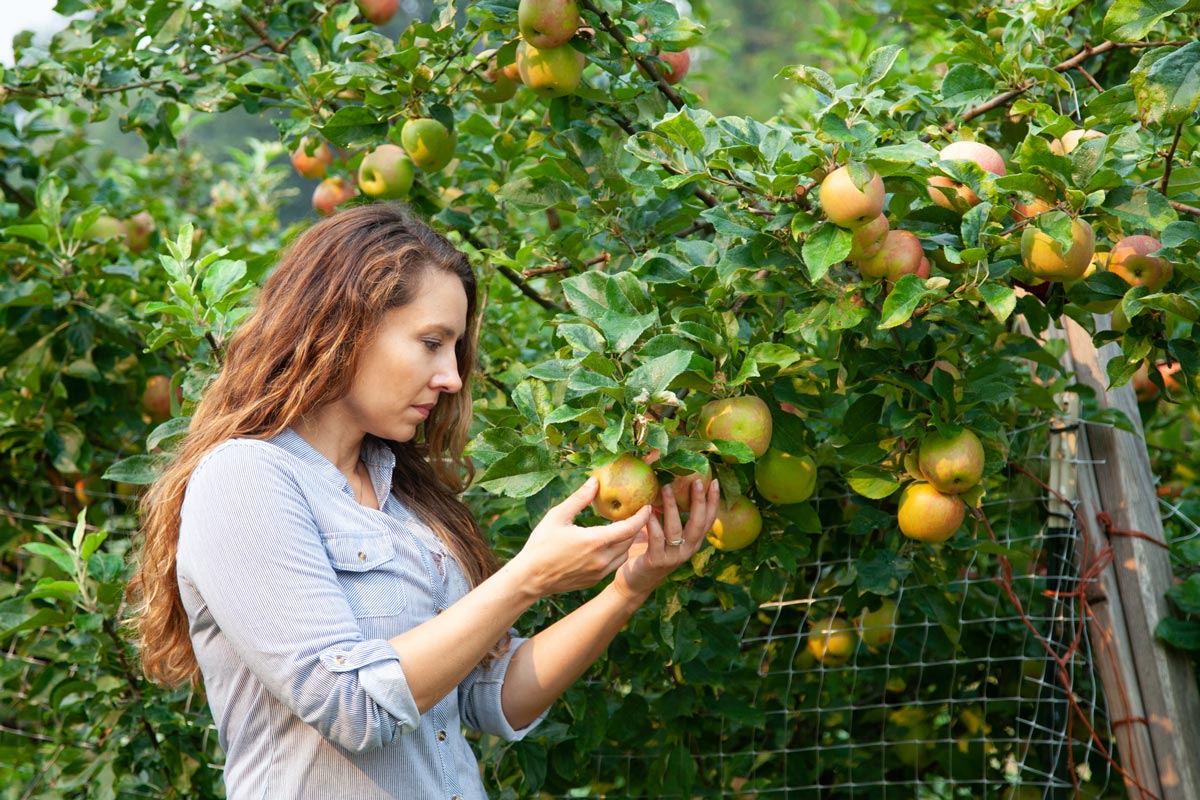
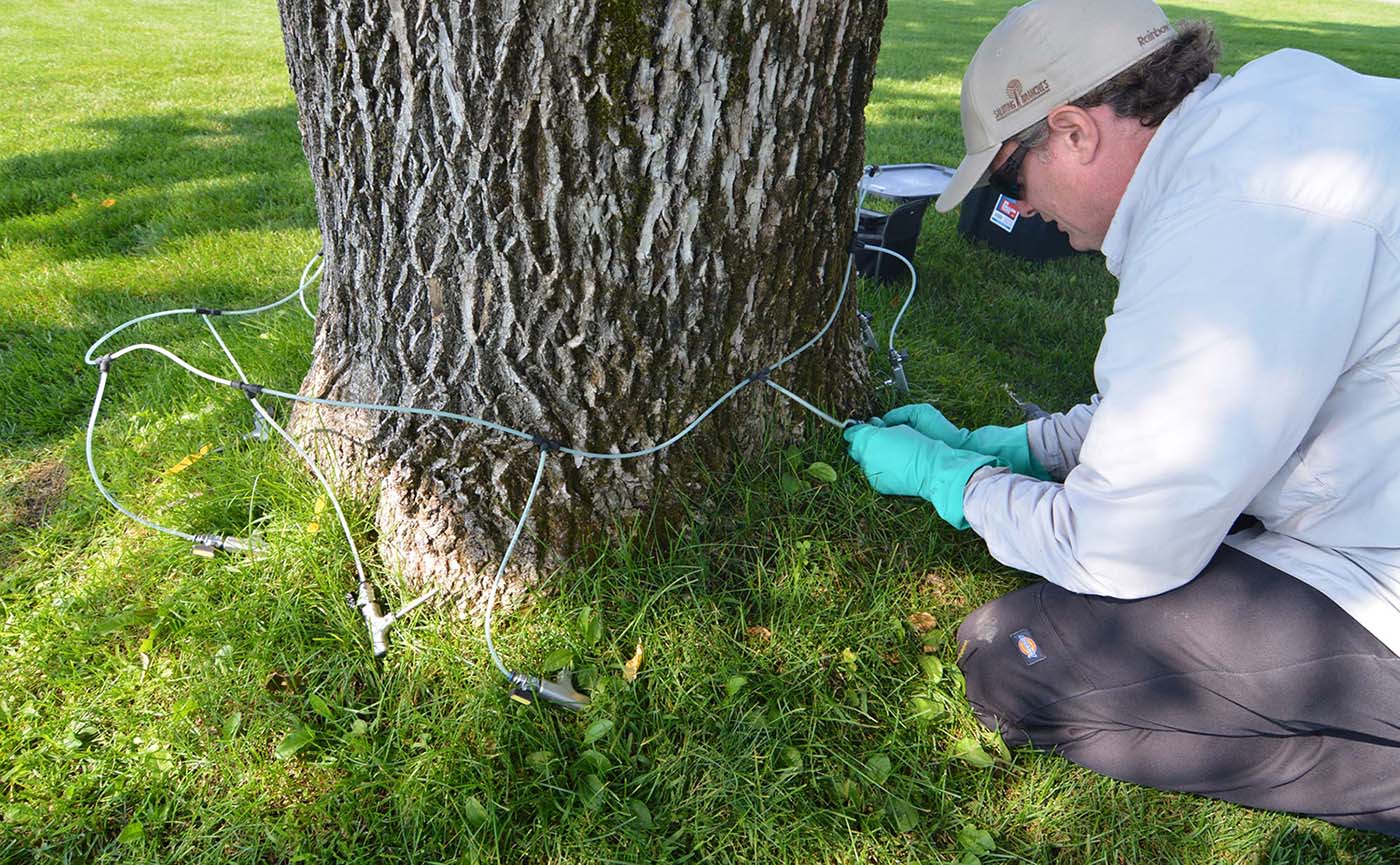
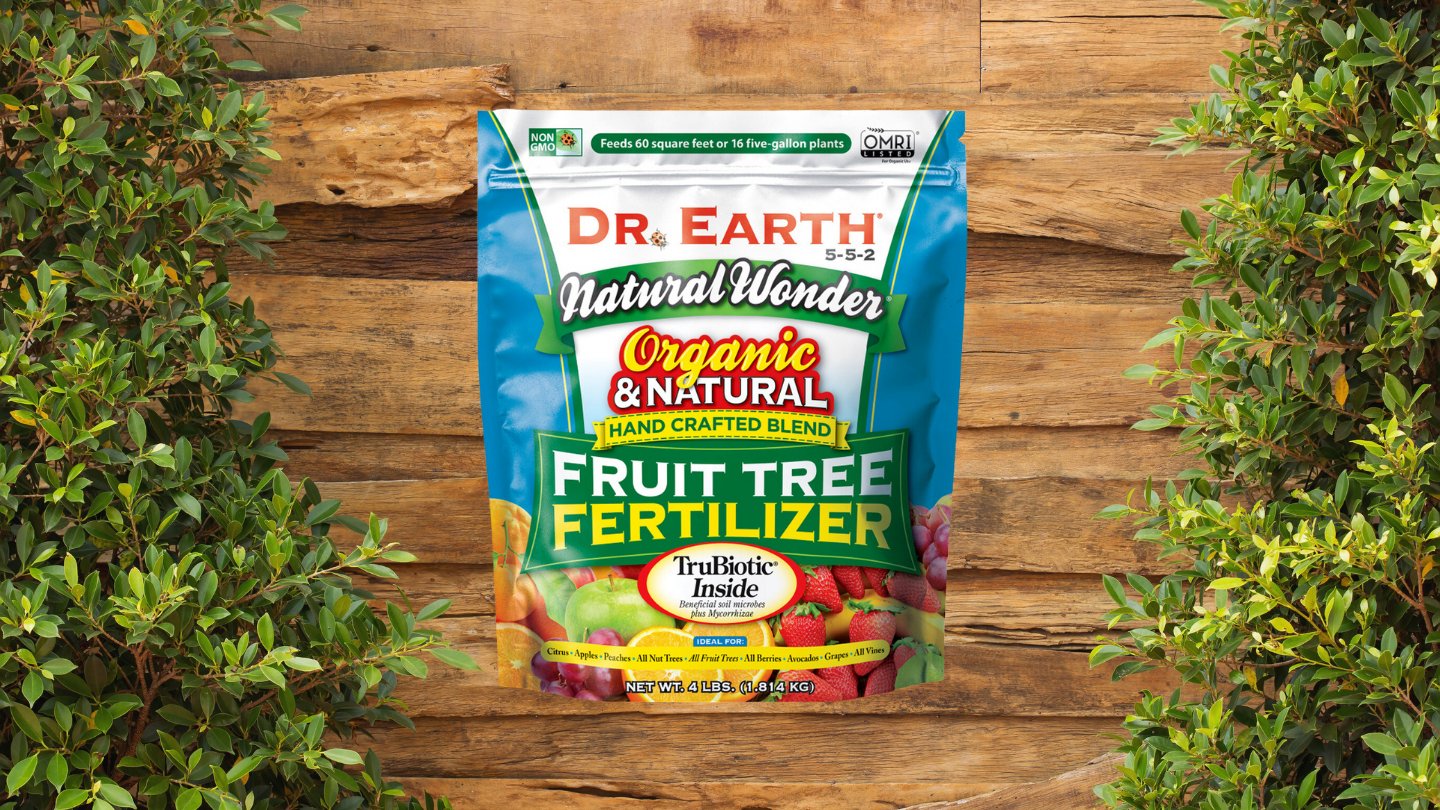
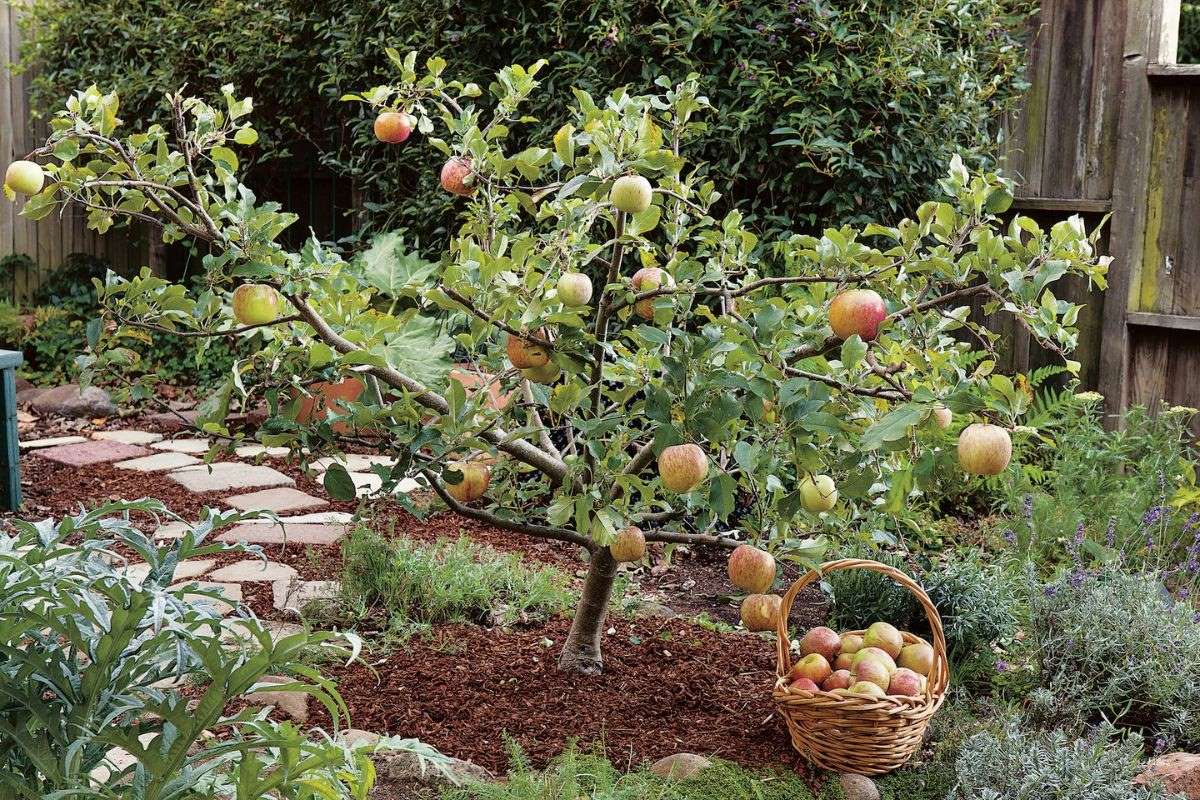
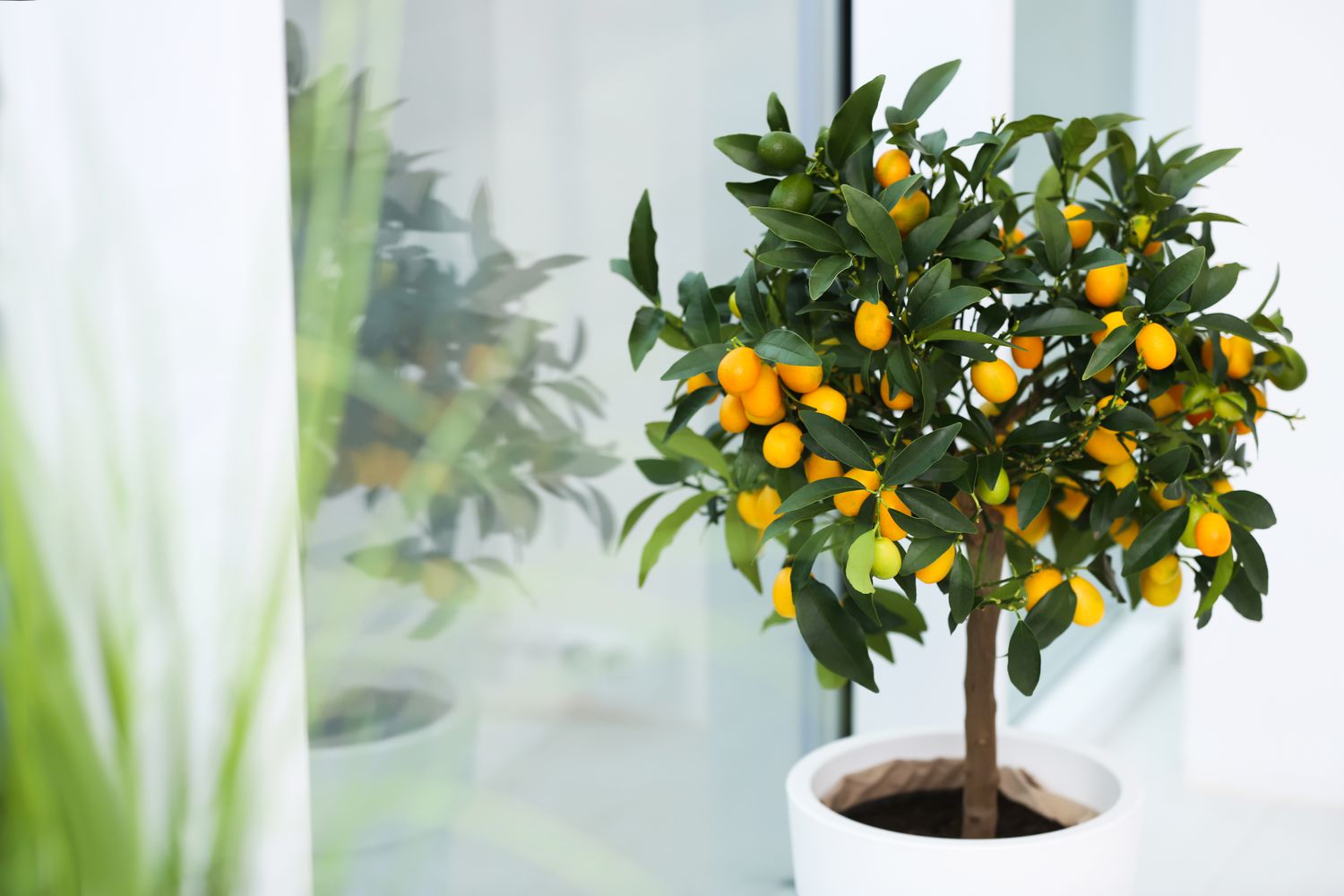

0 thoughts on “The Best Time To Prune Fruit Trees In The Pacific Northwest”